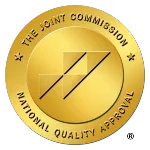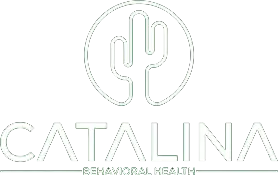Get Details on Cannabis Concentrates and Treatment at Catalina
If you have been using marijuana for a while, you might eventually find that you need more to achieve the same high. This is when many people will turn to dabs to get the effects that they have become accustomed to.
If presented with the option, you should know: what is a dab and how can it impact your body?
If these questions are on your mind, you have come to exactly the right resource!
For those who may have found it hard to stop cannabis use and/or dabbing, Catalina offers treatment options at all levels of support. From medical detox to outpatient care, we provide everything you or your loved one might need to stop smoking marijuana.
Keep reading to learn more about the definition and nature of dabs, and remember you can reach out to us at any time if you or someone you love would like help quitting marijuana for good!
Get Marijuana Treatment Support at Catalina – Call Now!
What Exactly is a Marijuana Dab?
The first thing to understand about marijuana use and abuse is the nature of marijuana dabs. These are often used to produce a stronger high when regular marijuana no longer suffices. In some cases, it can be another step toward possible marijuana addiction, known more formally as a cannabis use disorder.
However, knowing and spotting a dab can be difficult if you do not know what you are looking for.
A marijuana dab is simply a very concentrated form of marijuana. The result is often extremely sticky because it stems from the resinous trichomes in the plant material, mostly harvested from the cannabis flower and leaves. They also tend to have more harmful substances in them than your typical marijuana alone, especially when not gotten from a reputable supplier.
In a literal sense, dabbing is the act of taking a small amount of concentrated cannabis and heating it up for inhalation. Different names for products that can be dabbed include, but are not limited to:
- Wax
- Shatter
- Live Rosin
- Live Resin
- Cured Resin
- Bubble Hash of high purity or Piatella hash
- ‘Diamonds’ or Live ‘diamonds’ (an often flavorless concentrate that can approach 100% THC)
What is a Dab: What Compounds Do Dabs Contain?
Here are a few of the compounds and substances that are found in a marijuana dab, aside from the essential cannabinoids like THC, CBD, and CBN:
- Terpenes: This compound does not contribute to the high of marijuana but it does tend to lead to greater levels of relaxation and pain relief.
- Flavonoids: Not only do flavonoids provide the color of the plant, but they also can increase the effects of both THC and CBD.
- Pesticides: Unfortunately, pesticides are often used in the harvesting of marijuana plants and can be found in the smoke of a marijuana dab, even in states with medical marijuana markets.
- Fertilizers: The fertilizer used to grow the plant material matters and can be either toxic or organic.
Even a small dab can present some of these compounds and substances which can be harmful to your lungs and body. You typically do not know how marijuana is harvested or produced, so the safest option is really to consider the many positive aspects of stopping cannabis use entirely.
How a Marijuana Dab is Produced with Butane Hash Oil and Other Substances
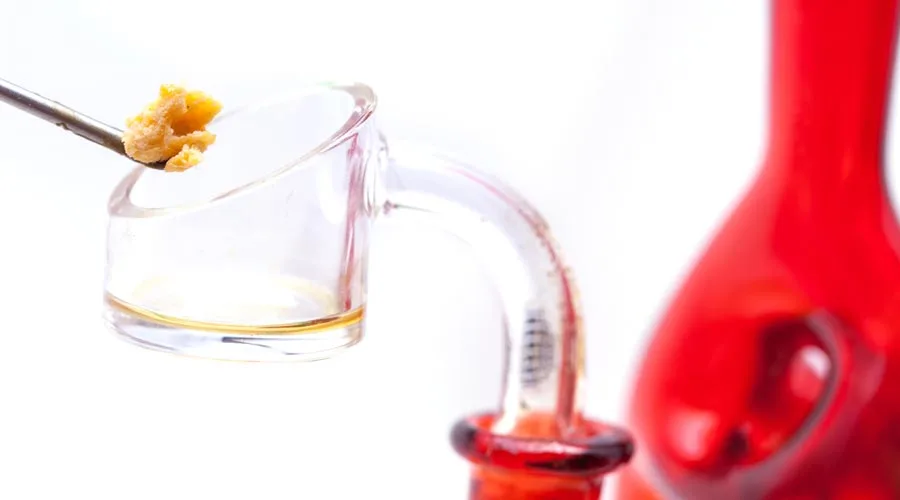
With some of the basics of what marijuana dabs are, you might be wondering how they are made. The plant is first harvested and then the dab is produced using a solvent such as butane gas, carbon dioxide, or ethyl alcohol.
Other refinement methods are less caustic, such as cold water extraction or high pressure extraction.
Depending on the treatment of the plant material, you may find a variety of different substances in the dab. Some of the most common include butane hash oil (BHO), honey, and actual wax. It is important to know what goes into the making of your dab because it can produce harmful side effects when smoked.
With the solvent in place, the marijuana plant is then heated at very high temperatures using a dab rig. Dab rigs allow you to heat the plant material at a very high temperature to distill the THC (the psychoactive ingredient of marijuana). Keep in mind that you may still have residual solvents in the finished product.
This distillation process moves the THC amount in the cannabis extract from roughly 20 percent to an incredible 60 to 95 percent (or more).
Short-Term Side Effects of a Concentrated Form of Marijuana Dabs
Marijuana dabs have a slightly different effect than smoking marijuana or consuming marijuana in the typical manner. Instead of burning the cannabis flower to produce a smoke that you can inhale, you need to vaporize the dab. This is done through the use of a glass pipe or device with a vapor that is produced by heat.
Oftentimes, this more concentrated form of the drug leads to abusing marijuana more heavily.
Why would something produced with this dab rig change the outcome of marijuana abuse? First and foremost, it has a much stronger set of side effects compared to the traditional flower. When you consume cannabis concentrate in this way, the effects also come a lot faster. Smoking dabs can give you a more immediate high.
When dabbing marijuana, some of the short-term side effects include:
- Increased risk of anxiety and panic attacks
- Cannabis shakes or tremors
- Vomiting from excess inhalation
- Paranoia and hallucinations
- Psychosis
- Blackouts
You also experience many similar symptoms to cannabis flower such as dry mouth, enlarged pupils, bloodshot eyes, and of course, the brain fog from being profoundly stoned.
In other words, detoxing from marijuana can be quite uncomfortable and presents a certain amount of risk that might cause you to pick up substances again. It can be a dangerous cycle of quitting and using if you do not seek the right help.
The Risk of Marijuana Addiction with Dabs and Concentrates
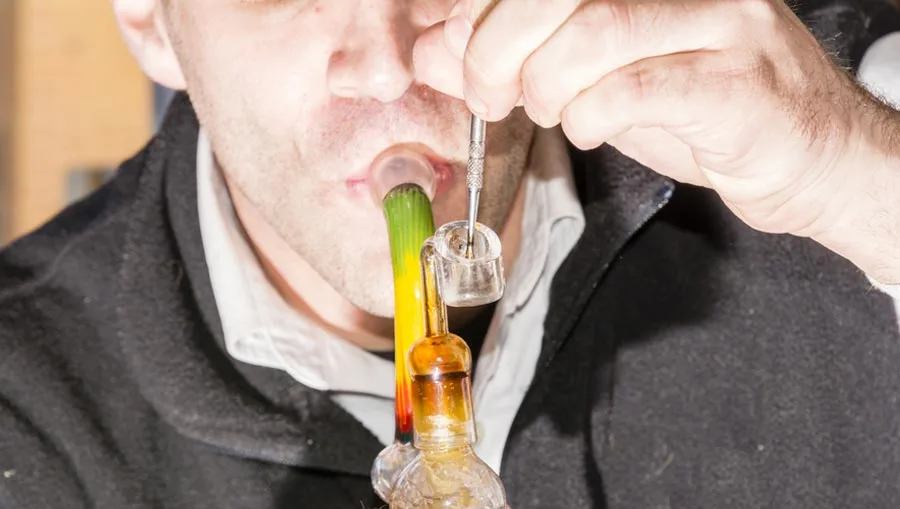
Many people argue that marijuana is a more natural way to achieve a high than prescription or street drugs. While this may be true, it does not negate the potential risks of serious marijuana addiction and abuse. Especially when thinking about cannabis concentrates, you run a greater risk of developing a cannabis use disorder requiring marijuana treatment support.
Dab addiction occurs because the high you achieve is much stronger than what you would typically achieve with the cannabis flower alone. This means that the plant material interacts with your brain differently than traditional marijuana. It may leave you with an imbalance in the brain due to the way dabs interact with cannabinoid receptors.
One other powerful effect of dabs is that they interact with the pleasure and reward centers in the brain. Most notably, it produces a strong hit of dopamine. You may find yourself seeking this unique type of high again and again, but it can also disrupt normal reward activation in the brain.
Time and memory may also be quite skewed. Keep in mind that dabs can impact your physical well-being just like smoking marijuana, including coordination. It affects your entire person including both mind and body, so be prepared for both physical and mental health side effects in withdrawal.
Get Effective Marijuana Detox Options – Call Now!
Getting Accredited Addiction Treatment for Cannabis Use
No matter which forms of cannabis you are using, it might be time to seek treatment. Especially if you have turned to regular use of dabs over traditional marijuana, you might be at a heightened risk of dab addiction due to the extraction process, even with more refined concentrates.
How do you know when you should seek help for the most severe of marijuana withdrawal symptoms?
Oftentimes, people are most uncomfortable in the early days of their newfound sobriety. The long-term effects of marijuana present within the first days without your recreational or medical marijuana use. They can be quite uncomfortable, including symptoms like:
- Mood changes and an increase in depression
- Poor appetite or an upset stomach
- Anxiety or irritability
- Inability to sleep and vivid dreams
- Headaches and cluster headaches similar to a migraine
- Sweating and chills
- Inability to focus or brain fog
These symptoms combined can be quite troublesome and may lead you to use marijuana dabs again because of the very real discomfort that they cause. Symptoms typically surface within about 12 to 24 hours after the last use of marijuana dabs and can last up to three weeks.
Seeking Evidence Based Treatment for Marijuana
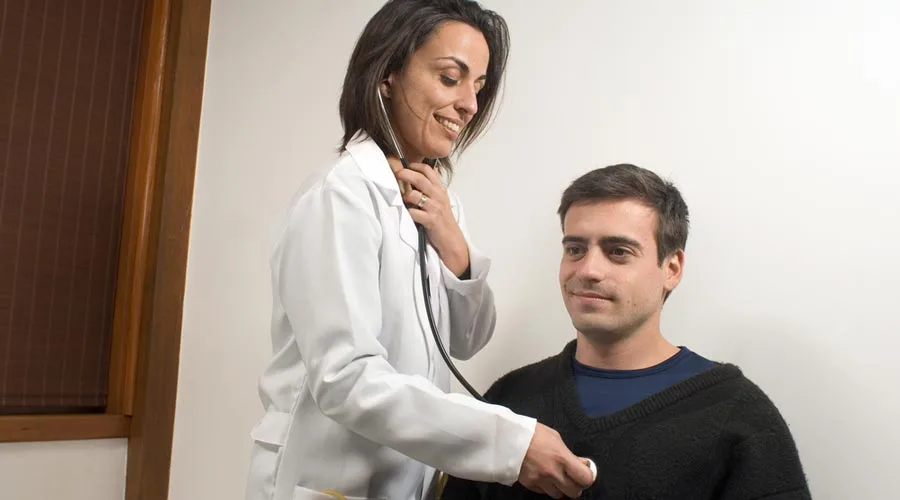
If your substance use veers into the category of abuse or dependency, and you find you cannot successfully take a break from cannabis for your health and happiness, it may well be time to pursue substance abuse treatment. Catalina Behavioral Health is experienced in the treatment of cannabis use disorders. Our facilities and medical team can make you more comfortable during the early days of your sobriety.
Here is what you can expect with addiction treatment for cannabis products.
Medical Detox to Minimize Discomfort and Start on the Right Foot
The first and perhaps hardest part of treatment includes the early days when the side effects above are most prevalent. Under supervision in a medical detox for marijuana, you have an environment where you can adjust to life without cannabis.
Medical detox is generally considered the most uncomfortable part of your detox process. From restless sleep to a resurfacing of chronic pain, you might find that you want to turn back to your cannabis use early on in the process. While in medical detox, you will not have the option to use marijuana.
Keep in mind that we can also prescribe you medications to make you more comfortable as you go through withdrawal symptoms. We can assist you with sleep, minimize stomach upset such as nausea and vomiting, and work with you to find a plan to address chronic pain in a safe, non-addictive way. Stay safe and have around-the-clock access to a team of medical professionals.
Inpatient Rehab for Intense Therapy and Safety
As marijuana dabs are gaining popularity, more people are trying this highly addictive substance. After you detox in our facility, we recommend that you transition to an inpatient treatment program. This allows you to rest comfortably knowing that you cannot turn to marijuana use when things become challenging.
Like medical detox, you have 24/7 access to a supportive staff that can help you process your cravings for any of the various forms of cannabis. You will participate in individual therapy, group therapy, and support meetings alongside ancillary therapies like yoga and art therapy.
Before you transition to your everyday life again, this gives you a buffer and builds up your coping skills so that you do not return to marijuana dabs once released.
Outpatient Rehab to Transition Back to Everyday Life

After graduating from inpatient rehab, many people still are not quite ready to resume their regular routines without marijuana dabs. The quick onset of withdrawal symptoms may not be enough to convince you to maintain sobriety, so it can be helpful to transition to a lower level of care before discharging entirely from a treatment program.
Outpatient therapy permits you to focus on your mental health and return to some of the responsibilities of your day-to-day life. You will spend all day in our facility in partial hospitalization or several hours a week in intensive outpatient treatment. This support can continue with both individual and group therapy meetings, adding in a 12-step meeting, SMART Recovery, Dharma Recovery, or similar support group when you need extra accountability.
The benefit of outpatient is that you get to return to your loved ones, your job, and all of the other responsibilities you may have.
Up To 100% of Rehab Costs Covered By Insurance
Get Help for Marijuana and Dabs Today at Catalina
Are you convinced that it might be time to seek treatment for marijuana or dab usage, whether for yourself or someone you love? At Catalina, healing is made possible with an intensive treatment program that caters to your unique needs as you transition away from cannabis use.
Catalina Behavioral Health offers robust treatment programs that can be tailored to your unique needs, substance use history, and responsibilities.
Don’t wait another day to get support to quit cannabis in a lasting way. Let our friendly admissions team verify your insurance benefits with a quick and confidential phone call now!
References
- Taylor, A., & Birkett, J. W. (2020). Pesticides in cannabis: A review of analytical and toxicological considerations. Drug testing and analysis, 12(2), 180–190.
- Mullins M. F. (2021). Cannabis dabbing: An emerging trend. Nursing, 51(5), 46–50.
- Connor, J. P., Stjepanović, D., Budney, A. J., Le Foll, B., & Hall, W. D. (2022). Clinical management of cannabis withdrawal. Addiction (Abingdon, England), 117(7), 2075–2095.



